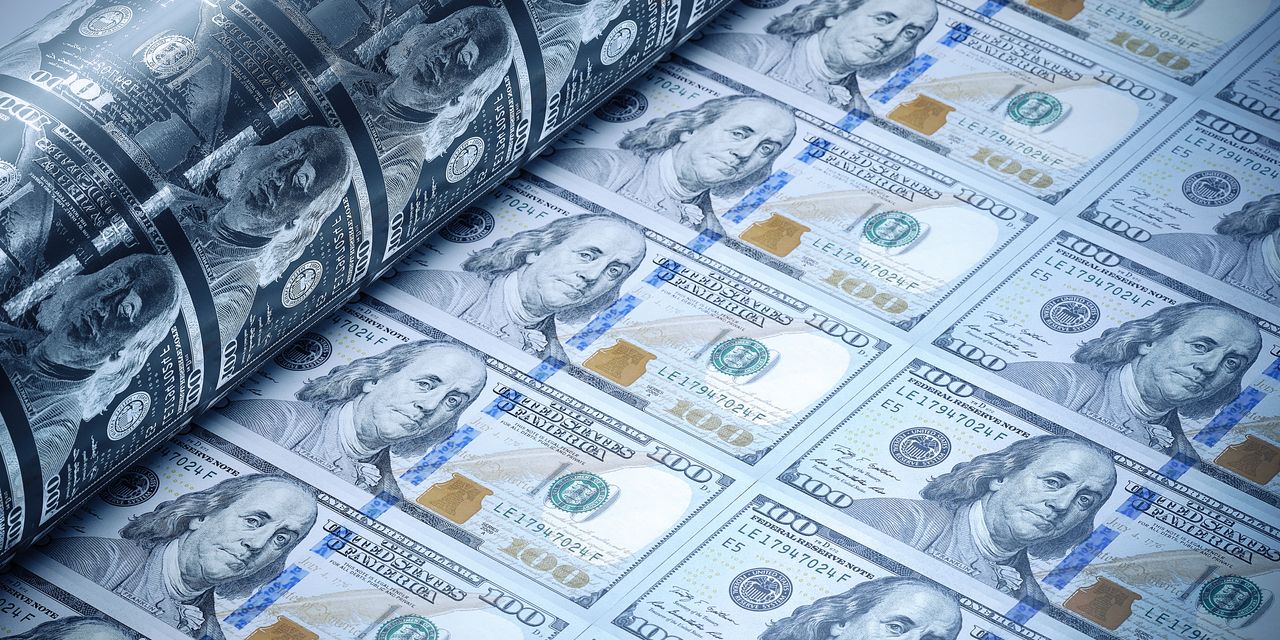Investors hunting for yield in cash-like investments poured another $66 billion into money-market funds this week, bringing total assets to a record $5.2 trillion, according to the Investment Company Institute.
The bulk of the weekly inflows, at $71 billion, went into government funds, which invest in cash, Treasury securities and government-backed debt, according to the weekly ICI data through March 29.
Overall asset holdings, however, were offset by $5.4 billion of weekly outflows to prime money-market funds.
Helping to attract investors to government debt, the six-month Treasury rate
TMUBMUSD06M,
was near 4.88% on Thursday, up from above 1% a year ago, according to FactSet data.
Heavy inflows to money-market funds have been in major focus in March after a run on deposits hastened the collapse of Silicon Valley Bank and Signature Bank and raised concerns about the stability of the U.S. banking system.
“Strong flows into U.S. government money market funds continued this past week, pushing total assets for all money funds to a new record high,” said Shelly Antoniewicz, ICI senior director of industry and financial analysis, in emailed commentary.
But she also said the rapid clip of inflows of the previous two weeks had somewhat subsided “as turmoil in the banking industry started to calm.”
See: Banks trim borrowing from the Fed for second straight week in wake of SVB failure
Aside from stability concerns, banks also now must compete with the relative attractiveness of government debt as savers look for other ways to earn income a year into the Federal Reserve’s rapid rate-hiking cycle.
Read: The first wave of deposit outflows is nearly over. A second wave has already started, this strategist says.
Liz Ann Sonders, chief investment strategist at Charles Schwab, still pointed out that a record amount of money-market fund assets don’t mean investors have gone entirely to the sidelines.
She looked at the $5.2 trillion of money-market assets as a percentage of the market capitalization of the S&P 500 index
SPX,
over time (see chart).
On that basis, Sonders noted the share of money-market funds still was below the 2020 COVID bear-market peak. The S&P 500 was up 5.5% on the quarter through Thursday at 4,050, 2% of which was gained in the tumultuous month of March for banks, according to Dow Jones Market Data.
The Nasdaq Composite Index
COMP,
was up 14.8% for the quarter, on pace for its best 3-month stretch since the fourth-quarter of 2020.
Related: Piles of commercial-real-estate loans at banks may be worth just 77 cents on the dollar — if that
Read the full article here










